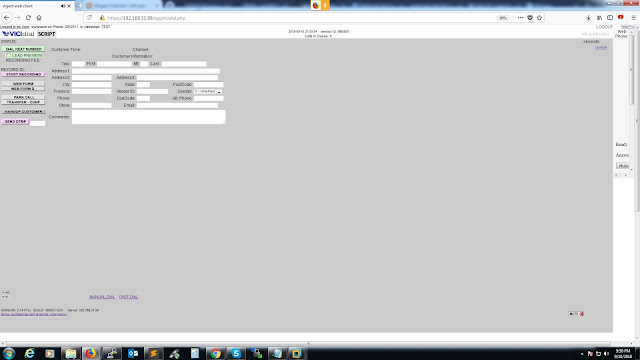Featured post
Vicidial With WebRTC
Vicidial With WebRTC VICIDial is well known open source call center software. It has been in use by many small to large scaled con...

Vicidial With WebRTC VICIDial is well known open source call center software. It has been in use by many small to large scaled con...
